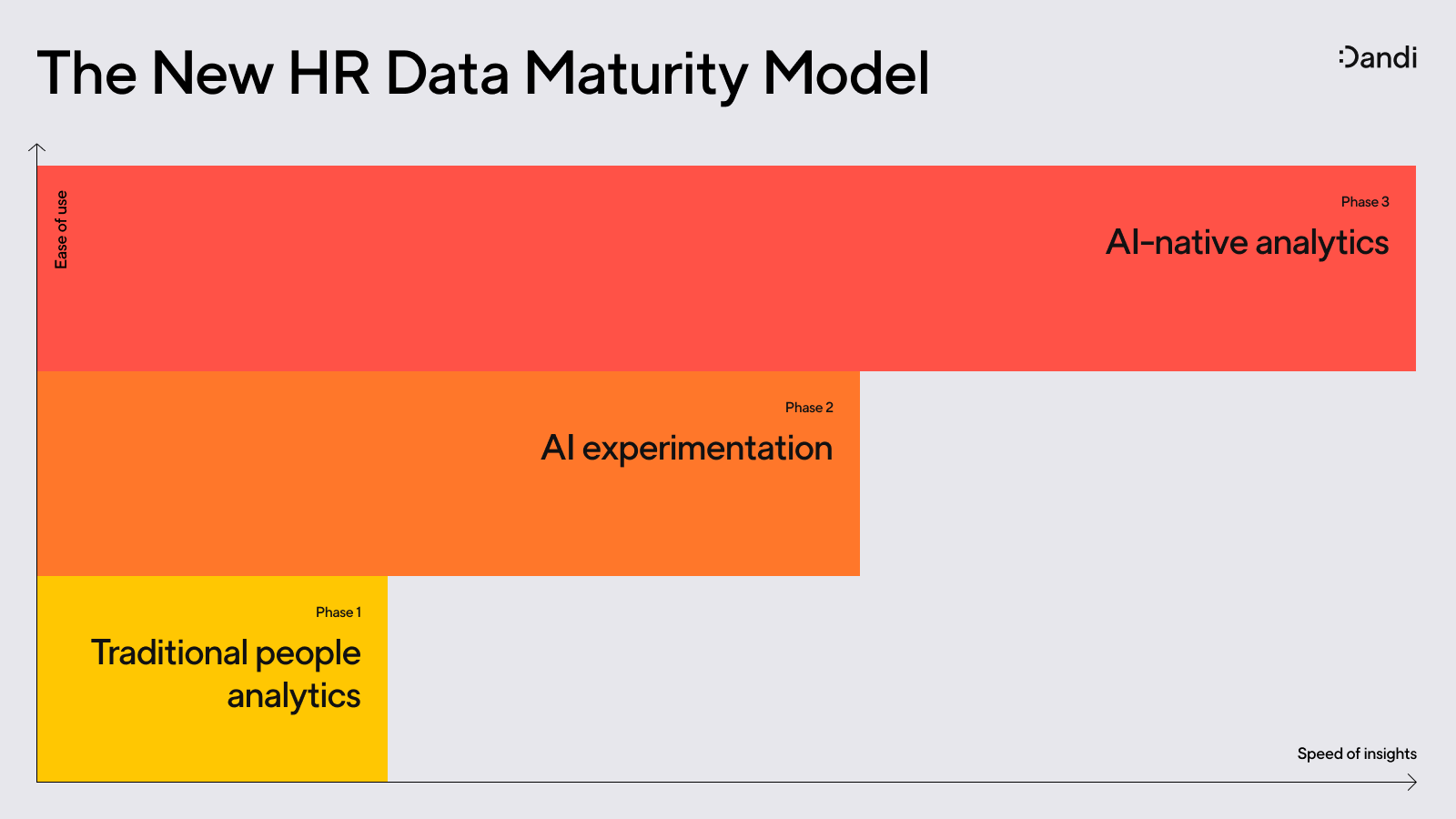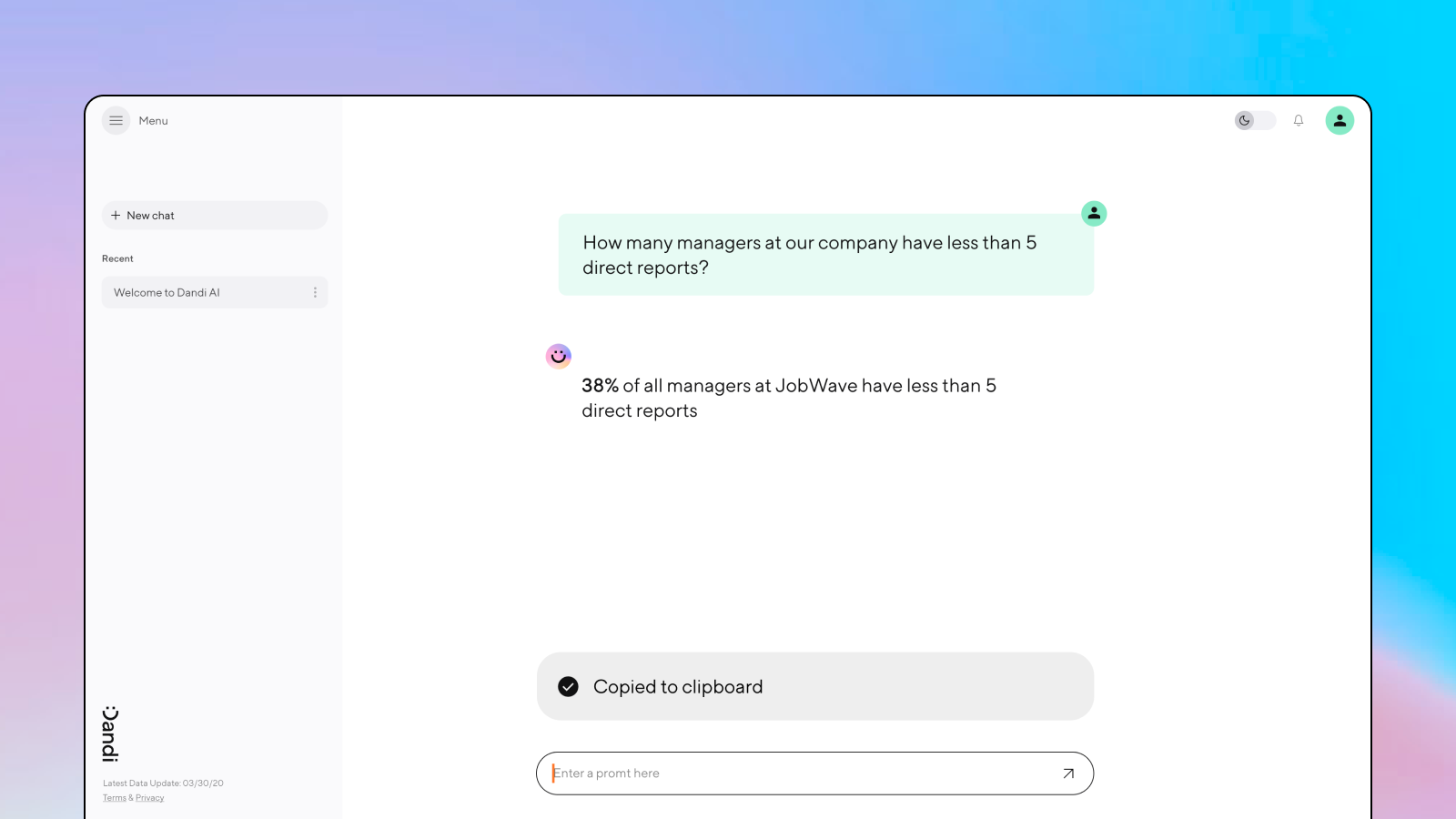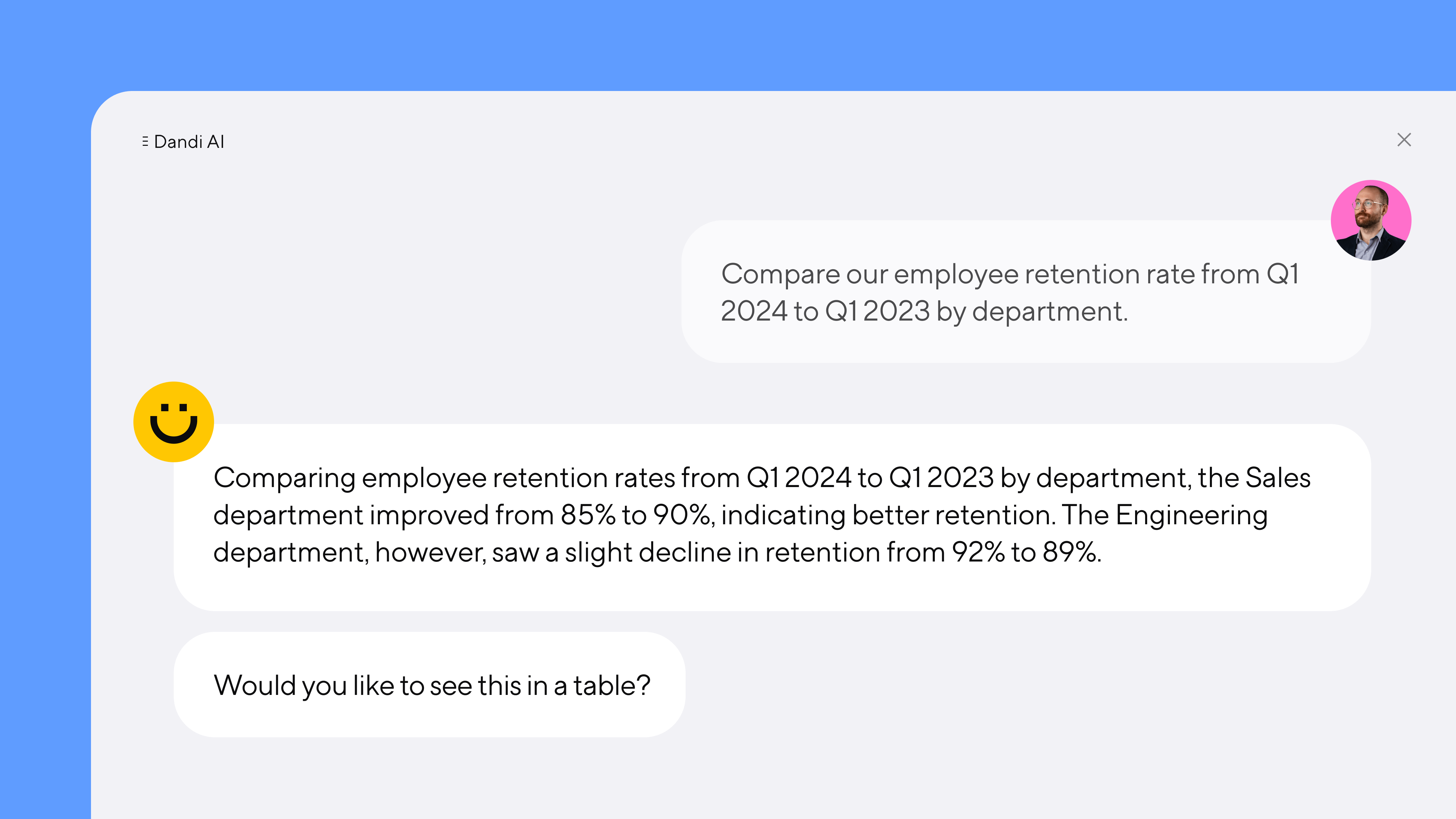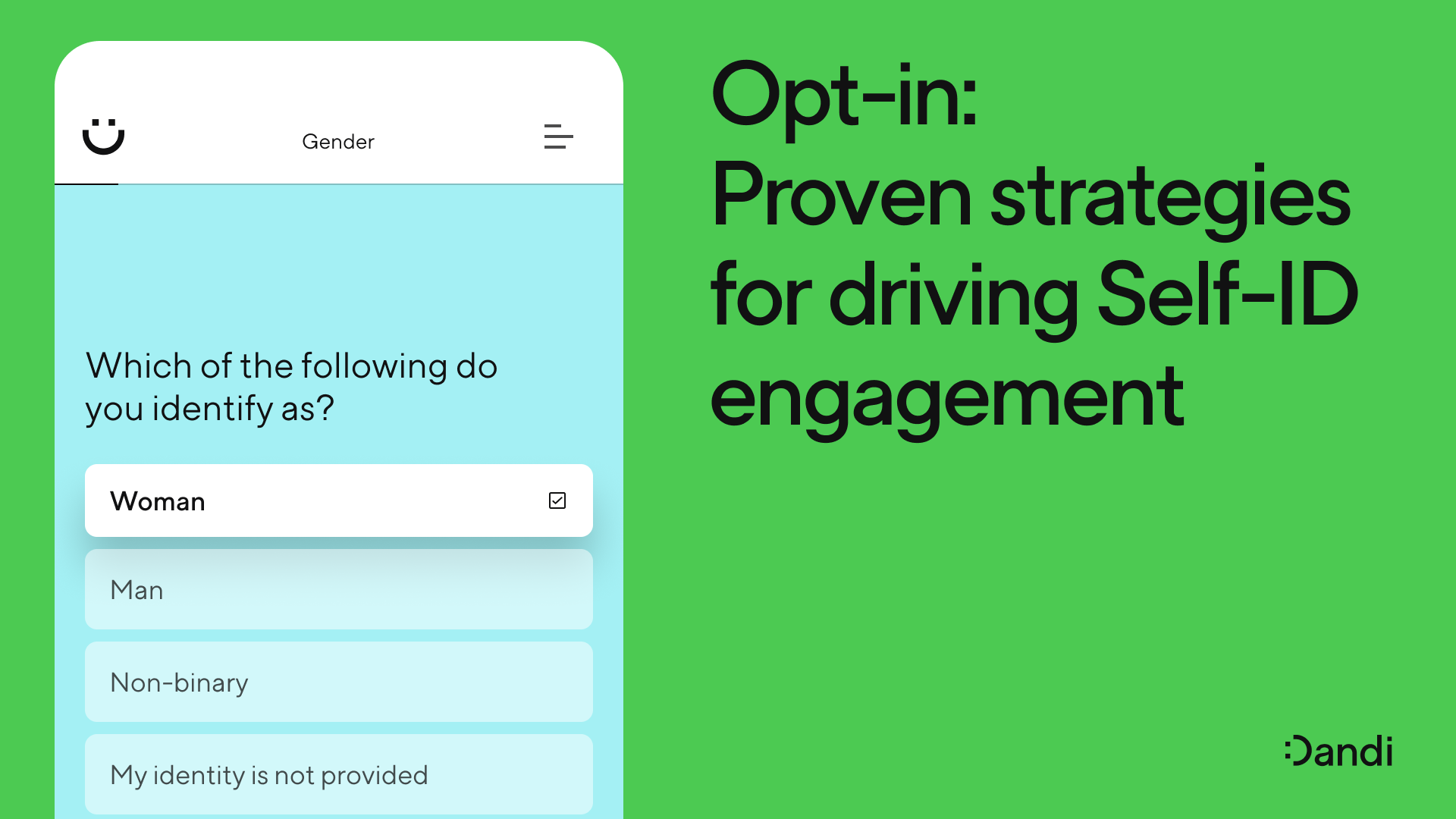Using data to better understand attrition and retention

Camille Hogg, PhD – May 23rd, 2023
Attrition and retention are two sides of the same coin—right? Well, not exactly. In this article, we break down what attrition and retention reveal, and how you can use data to derive better insights around these two crucial metrics.
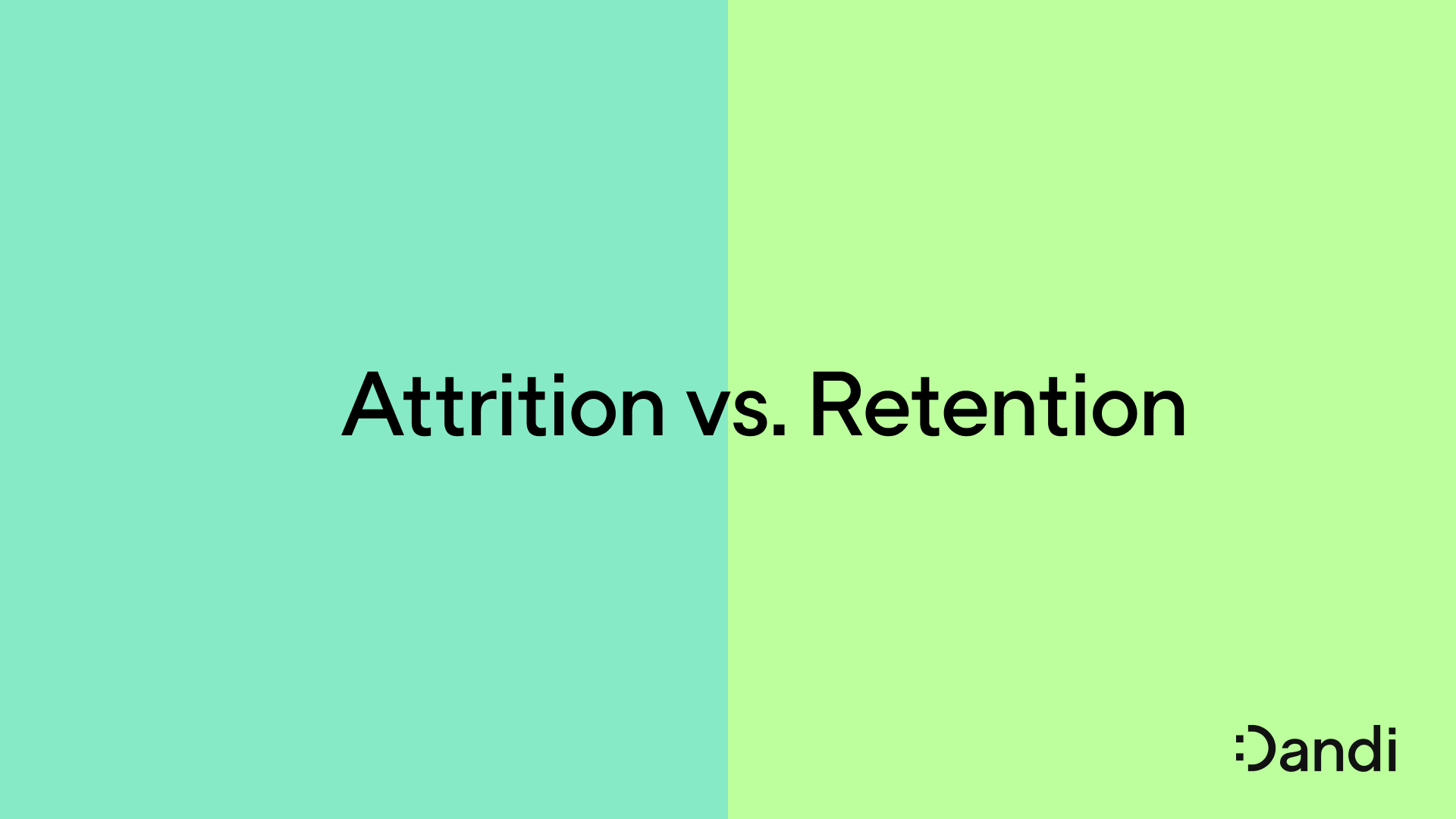
It's tempting to think of attrition and retention as two sides of the same coin. Employees stay or go. We retain them, or they churn. And we often use the terms interchangeably to describe the same thing: the overall health and stability of your workforce.
But in reality, they’re more like a balancing act. Organizations want to reduce attrition, but increase retention. Attrition costs money, while retention saves it. But attrition and retention are only really inversely proportional in terms of their outcome on your workforce.
Understanding what makes people quit organizations isn’t the same as understanding what makes others stay. People might stay because of your culture, even if they’re not getting the right opportunities to progress. By the same token, others might get the right opportunities, but leave because your culture doesn’t make them feel welcome. Both can be (and often are) true for different employee populations at the same time.
Understanding what makes people quit isn’t the same as understanding what makes them stay.
Measuring who stays or goes only gives you a one-sided story of what’s happening in your workforce. But measuring and tracking both gives you a full picture of the nuance behind differences in employee experience at your organization.
Attrition identifies your biggest people gaps and opportunities
Your organization’s attrition rate is the rate at which people leave your company. Unchecked, it costs organizations millions of dollars each year, because it’s never just about an employee sending their letter of resignation. Instead, it quantifies the knock-on impact quitting has on their productivity, performance, and that of their team, too.
There are a variety of reasons why people leave organizations:
-
Lack of opportunities for growth and professional development
-
Poor job satisfaction
-
Lack of belonging
-
Toxic or negative culture
-
Poor leadership, or perception of leadership
Put plainly, attrition is your organization’s “check engine” light that signals when something isn’t working.
Attrition is your organization’s “check engine” light that signals when something isn’t working.
How to measure attrition
When attrition increases at your organization, it’s a sign that some people are experiencing a difference in their employee experience. Setting a benchmark for attrition, and tracking it in real time can help you pinpoint when this experience happens, and how different events or circumstances impact your employees’ likelihood of leaving.
Segmenting your workforce attrition rate by different departments or employee populations, including dimensions of diversity, can get you some way to identifying where attrition is happening.
But without intersectional measurement, you can’t uncover the full story behind what’s driving attrition in the first place, meaning it’s much harder to identify its root causes.
For example, knowing your office locations in India are experiencing higher attrition than others is helpful, but doesn’t give you enough information to fix the problem. But knowing junior women engineers are 3X more likely to quit in this location gives you much more insight into the gaps in your employee experience, and what you can do to fix it.
When measured through an intersectional lens, attrition can be your cue that your employees need more than what they’re getting from you. Measured in real time, you can identify the warning signs before they turn into turnover, preventing you from losing money and your best people.
Measure attrition more effectively by:
-
Segmenting data across multiple variables. Use intersectional measurement to see how identities overlap in your attrition data. Focus on dimensions of diversity, including race, ethnicity, age, and gender, and drill down by other employee lifecycle factors, such as role, seniority, office location, department, and tenure.
-
Disaggregating employee data where possible. As Carol Watson, Chief Inclusion Officer at global communications agency BCW Global, put it in our recent ebook: “Recognizing the different cultural and lived experiences of different groups adds information to focus systemic and behavioral change.” Where population sizes allow, disaggregate employee data out of identity groupings (like women, or AAPI employees, for example) to identify why different groups leave.
-
Pulling in qualitative data. Quantitative data shows you empirical proof when people are leaving. But qualitative data on your attrition, including employee engagement surveys, leaver questionnaires, and exit interviews, helps highlight individual employee experiences of your organization that can shed light on the story your data is telling.
Retention tells you what you’re doing right—and how to scale your efforts
Retention is the rate at which people stay at your organization. But it’s not an exact equation. When people leave an organization, they take their knowledge and skills with them. But the longer people stay, the more value they contribute.
A 2016 meta analysis found that high turnover has a negative impact on organizational performance. Meanwhile, according to a 2020 study, employee retention strengthens organizations’ ability to share knowledge and innovate.
Retention extends the long-term value of all your people efforts across the entire employee lifecycle, including growth, knowledge sharing and development, work engagement, and performance. But it isn’t just good for business outcomes, it’s also good for DEI.
Knowing who you’re retaining and why points you to the actions you can take across your organization to reduce your attrition elsewhere. It creates a more connected effort beyond just knowing that some departments are more likely to retain their people than others.
Retention extends the long-term value of your people efforts across the entire employee lifecycle.
How to measure retention
To measure retention over time, you need to get a feel for what “good” looks like at your organization. Some departments—for example, shop floor employees in retail organizations—are more likely to see higher attrition than others. Benchmarking your “normal” across the organization will help you to identify when patterns change.
Identify the departments, teams, and managers that have the highest retention rates. View and segment this data through an intersectional lens, to see how well they retain different employee populations. And then, use this data to understand what they’re doing differently, and build a case for change across the wider organization.
Measure retention more effectively by:
-
Identifying which employee populations are most likely to stay. Much like attrition, understanding your retention is a who, where, and why problem. Drilling down into your data by department, business unit, location, or even hiring manager helps you understand the differences in experience for different populations. If you’re more likely to retain Black women employees than Latinx ones, for example, it gives you a direction of travel to identify what’s working as much as what isn’t.
-
Look at data from across the employee lifecycle. To understand what makes people stay, you need to identify which processes are positively impacting the employee experience for different employee populations. Connecting performance management, employee engagement, and compensation data will help you see where and how different business units and processes are adding to inclusion and scale them.
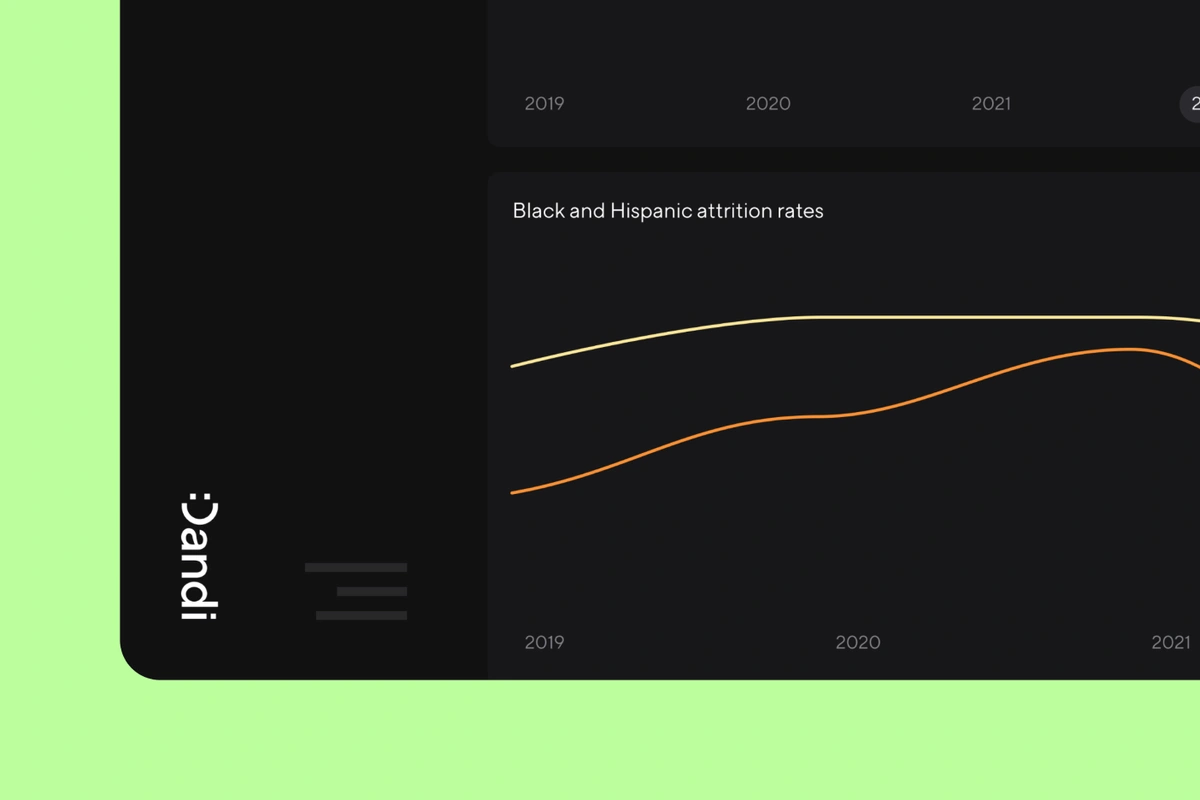
Take a data-driven approach to attrition and retention
When it comes to attrition and retention, there’s an old sports analogy that sums it up: The best defense is a good offense.
Attrition and retention present two different stories on the state of your employee experience. Measuring and tracking both of these key metrics not only helps you prevent costly turnover in the near-term, but also—more importantly—helps you scale inclusion and belonging over the long term.
Ultimately, data is the key to getting both retention and attrition in balance. Regular, consistent, and intersectional analytics are critical to understanding the health of your workforce, and knowing which aspects of your culture and processes should be prioritized.
Dandi’s intersectional approach to attrition measurement helps organizations pinpoint the causes of employee turnover, and identifies at-risk populations before they quit. Segment data by dimensions of diversity, business unit, tenure, location, and more to see quantitative data on the stability of your workforce in real time.
More from the blog
Announcing more powerful Dandi data visualizations
Team Dandi - Oct 23rd, 2024
The New Maturity Model for HR Data
Catherine Tansey - Sep 5th, 2024
Buyer’s Guide: AI for HR Data
Catherine Tansey - Jul 24th, 2024
Powerful people insights, 3X faster
Team Dandi - Jun 18th, 2024
Dandi Insights: In-Person vs. Remote
Catherine Tansey - Jun 10th, 2024
Introducing Dandi AI for HR Data
Team Dandi - May 22nd, 2024
5 essential talent and development dashboards
Catherine Tansey - May 1st, 2024
The people data compliance checklist
Catherine Tansey - Apr 17th, 2024
5 essential EX dashboards
Catherine Tansey - Apr 10th, 2024
Proven strategies for boosting engagement in self-ID campaigns
Catherine Tansey - Mar 27th, 2024

